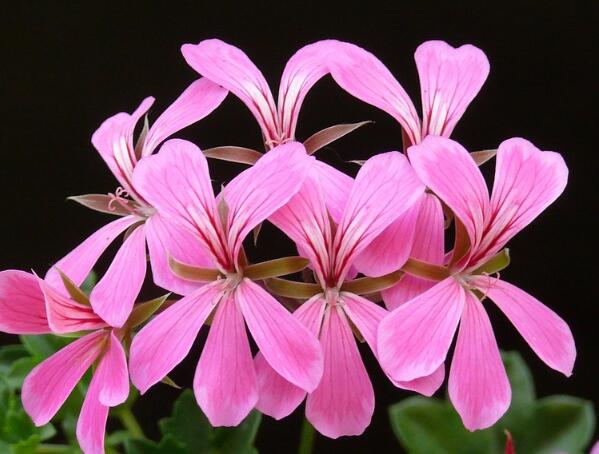Culture methods and matters needing attention of jasmine
Jasmine is a kind of climbing shrub plant, which is widely distributed in China. Jasmine not only has a very high ornamental value, but also has a certain medicinal value, the main medicinal parts are flowers and leaves, and has the effect of relieving cough and resolving phlegm. And it is also the raw material of scented tea, flavors and other products, so how to breed jasmine? Is there anything to pay attention to when breeding? Let's take a look at it with the editor.

1. Soil management
In the cultivation of jasmine, whether in the field or potted, the requirements for the soil are relatively large. First of all, we should ensure that the soil has sufficient fertility, strong permeability and good drainage and irrigation capacity. After selecting a good site, do a good job of soil preparation and disinfection to prevent germs and insect eggs in the soil from harming the growth of jasmine. Then it is necessary to apply sufficient base fertilizer, which is mainly based on rotten farm manure, and fully mix fertilizer with soil to improve soil fertility. Provide sufficient nutrition for the growth of jasmine, but not too much to prevent burning jasmine roots and affecting growth.
2. Timely planting
The planting time of jasmine is also fastidious, and should not be planted too early or too late. If the planting is too early, the temperature has not yet risen, which will lead to the freezing injury of jasmine. If it is too late, it will affect the growth of jasmine, delay the time to market and reduce the planting efficiency. Generally, it is the best time to plant around Ching Ming Festival every year. When planting, the seedlings should be inserted vertically into the soil, supporting the seedlings with one hand and filling the soil with the other. When the soil is covered with jasmine, lift the plant up slightly to increase the contact area between the soil and the root. Then compact the soil and set aside the watering distance.
3. Water and fertilizer management
After successful planting, it is necessary to irrigate enough root water and properly shade it for about a week to prevent direct sunlight, and then increase the light appropriately. Jasmine likes to grow in a moist environment, so we should adjust the watering frequency and water quantity reasonably according to the soil and the growth of jasmine. After flowering in summer, it is necessary to water and fertilize once a week or so, and the fertilizer is mainly phosphate fertilizer, which is applied twice a week. The amount of fertilizer should be increased during its flowering period. But pay attention to the concentration, should not be too strong, to prevent excessive heat production leading to rotten roots of jasmine.
4. Points for attention
After thanking the jasmine, it is necessary to cut off the weak branches in time to promote the growth of new branches and improve the ornamental value of jasmine. After September every year, it is necessary to stop topdressing work, promote branch maturity, and help jasmine survive the winter successfully. Then when the temperature drops to about 5 degrees, do a good job of keeping warm, but also need proper ventilation at the same time. To create a good growth environment for jasmine to grow through the winter. Finally, if it is a potted plant, the soil needs to be changed every year to improve the structure of the soil, improve the fertility and promote the growth of jasmine.
The above is a brief introduction of jasmine culture methods and matters needing attention. When we are breeding, we also need to pay attention to the prevention and control of diseases and insect pests, prevent diseases and insect pests from harming the growth of jasmine and reduce the ornamental value. That's all for today's introduction. This article is for reference only. I hope it can help you all.
- Prev

What if the geranium leaves turn yellow? Causes of yellowing of pelargonium leaves and its solution
A kind of flower can be seen on the windowsill of many families, that is, geranium, especially abroad, which can decorate the streets and decorate life. For example, today, geraniums are becoming more and more popular in families, but problems are frequent and yellow leaves always appear. What should we do?
- Next

How to raise aloe vera
How to raise aloe vera
Related
- Fuxing push coffee new agricultural production and marketing class: lack of small-scale processing plants
- Jujube rice field leisure farm deep ploughing Yilan for five years to create a space for organic food and play
- Nongyu Farm-A trial of organic papaya for brave women with advanced technology
- Four points for attention in the prevention and control of diseases and insect pests of edible fungi
- How to add nutrient solution to Edible Fungi
- Is there any good way to control edible fungus mites?
- Open Inoculation Technology of Edible Fungi
- Is there any clever way to use fertilizer for edible fungus in winter?
- What agents are used to kill the pathogens of edible fungi in the mushroom shed?
- Rapid drying of Edible Fungi

